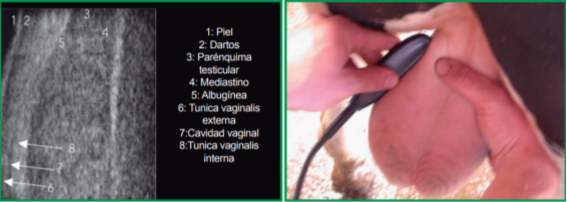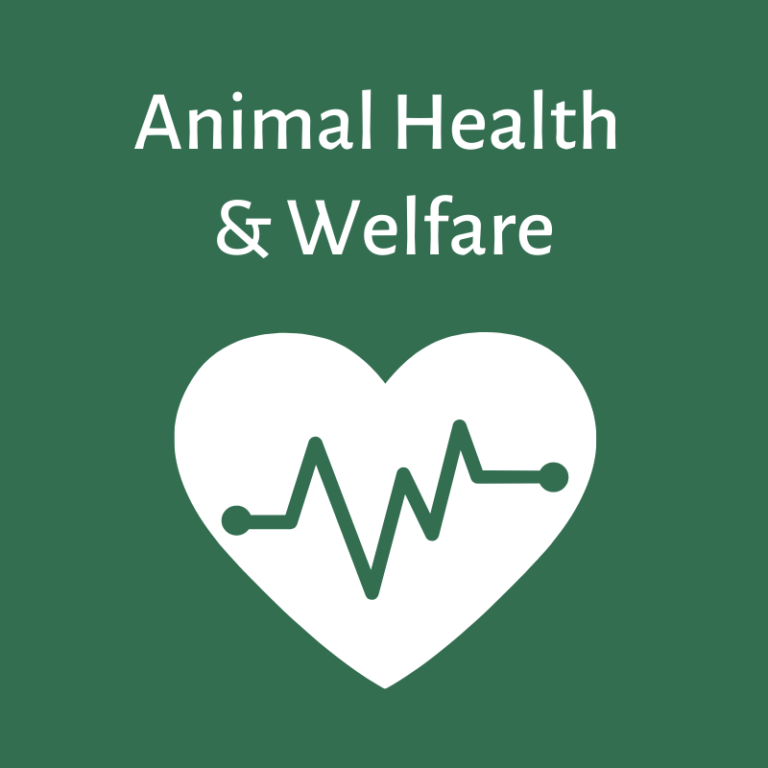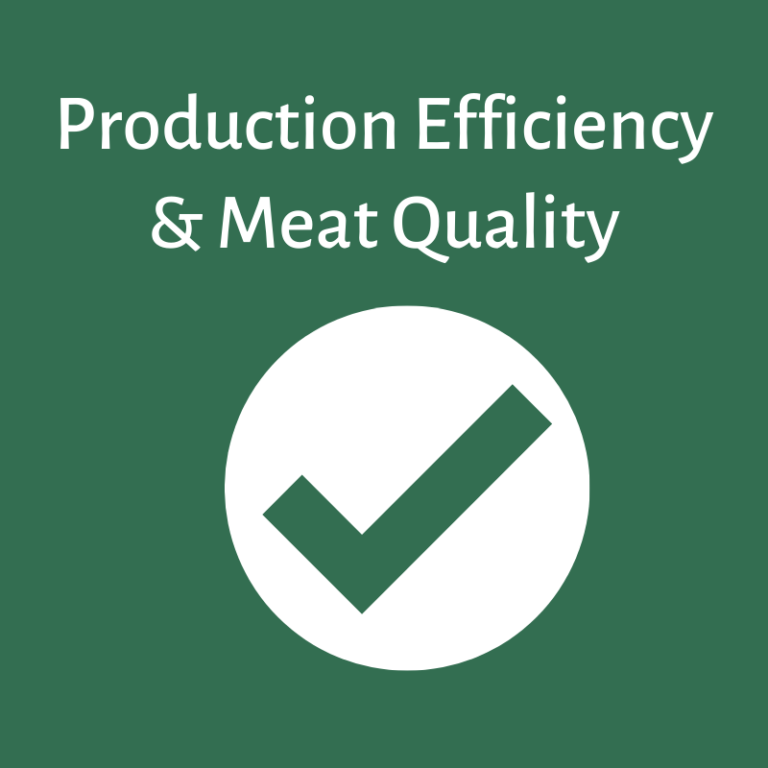
https://ec.europa.eu/eip/agriculture/en/find-connect/projects/bovine-beef-innovation-network-europe
In Spain, to avoid discrepancies of criteria when evaluating bulls, a group of veterinarians, researchers, animal health and reproduction laboratory technicians, advisors from commercial companies and farmers associations are currently working in a national proposal to standardize the assessment of the reproductive aptitude of bulls, named La guía VART (Valoración de la Aptitud Reproductiva de Toros), since there is no bull breeding soundness evaluation adapted to the country.
The VART guide has been developed with the aim of introducing bull breeding soundness evaluation into the reproductive programs of beef cattle herds to test bulls annually before use, to evaluate bulls before sale, as well as to find the cause in bulls with low fertility.
The VART certificate include: i) sanitary assessment, ii) physical evaluation, iii) scrotal circumference, iv) semen examination and v) mating ability and serving capacity.
New features compared to the British guide (published in a previous post) are highlighted below:
1) Sanitary assessment. A detailed description of the main diseases based on sanitary and epidemiologic status, with emphasis on diagnostic procedures and strategies for their control are included in the Spanish guide (see link here). Some diseases are: i) mandatory declaration diseases (tuberculosis and brucellosis); ii) sexually transmitted diseases (trichomoniasis, bovine genital campylobacteriosis, bovine viral diarrhoea and infectious bovine rhinotracheitis); and iii) diseases of which the bull can be an asymptomatic carrier (such as bovine besnoitiosis, paratuberculosis and others depending on the region). The British Pre-Breeding Evaluation Certificate does not include any testing for disease status as this is often certified separately by health declarations required at bull sales. The objective of this description is to provide to veterinarians of uniform criteria to decide the diseases to control in the bull in order to protect health of the herd.
2) Use of ultrasound technique. Systematic use of ultrasonography to test bulls is not proposed in this guide, its application is presented as an important contribution to diagnosis and prognosis of trauma and pathologies before to remove bulls, especially if they are of high genetic merit. Training of veterinarians in this specialty and the support they can provide to other professionals is considered of great interest in the degree of precision and reliability that the farmer can perceive of this methodology. This non-invasive method may encourage more farmers to demand this service which could help to increase the reproductive efficiency of beef herds. Some figures are shown below and more information is available in this link (in Spanish).

3) Scrotal circumference (SC). The British guide follows the criteria of the SFT system, without differences between Bos Taurus breeds, proposes two categories: suitable or unsuitable, depending on whether the bulls meet or not a minimum SC for different age ranges. Therefore, the British guide does not establish differences of merit between bulls that exceed the proposed threshold. The VART guide proposes a procedure to characterize the SC adjusted to an age, valid for any Bos Taurus breed, and three categories in bulls that exceed the minimum SC: questionable, suitable and superior. These categories will be used later to plan the reproductive management of bulls.
4) Semen collection and examination. A novel tempered artificial vagina is presented as well as a new semen collection procedure that can contribute to obtaining a more representative semen sample.
For category suitable in semen, the BCVA guide proposes for progressive sperm motility and sperm normality the thresholds 60% and 70%, respectively. However, following the ACV Australian guide, the VART guide proposes a new category, questionable, for bulls whose thresholds are between 30-59% and 50-69%, respectively. These bulls, even with lower fertility, are considered valid for many of the Spanish herds whose reproductive demand (cows in estrus per bull during the first three weeks of mating period) is low (<20). In Spain, many veterinarians send refrigerated semen samples to laboratory for evaluation within 24 hours of collection; in this case, progressive sperm motility is evaluated with a single threshold, 30%, and two categories, suitable and unsuitable.
5) Mating ability and serving capacity. Mating ability and servicing capacity tests are described considering aspects such as animal welfare, duration and the possibility of being integrated into the reproductive programs of beef cattle herds. Mating ability test is recommended annually on all bulls, both young and old. The service capacity test, which is more complex, is recommended to be performed only in bulls subjected to a high reproductive demand (>40 cows) and to an individual mating system.
6) Bull classification categories. The British guide classifies bulls in two categories: unsuitable or suitable for breeding based on physical, scrotal circumference and seminal evaluations. The Spanish procedure after considering additional evaluations: sanitary, mating ability and serving capacity, proposes more categories and relates them to the reproductive demand of bulls: Suitable+ (≥40), Suitable (20-39), Questionable (<20) and Unsuitable for breeding.
Bulls with suitable+ category would be suitable in all the evaluations, SC higher than the breed average and two services counted in less than 20 minutes, bulls with suitable category would be suitable in all the evaluations, bulls with questionable category would have at least one of their evaluations questionable, and finally, bulls classified unsuitable in one of its evaluations, would be eliminated for breeding.
More detail of the physical, seminal and behaviour evaluation in the Spanish methodology are available here. The VART guide not only aims to determine whether a bull is suitable or not for breeding, it also provides insights for more efficient management during the mating season.
On-farm demonstrations on this theme were carried out in France, Spain and Ireland.
Impact on:
 |
Increased profitability by a reduction of risks in fertility problems |
 |
A bull health problem can be detected earlier and diseases can be avoided in the whole herd |
 |
Improvement in reproductive performance |
 |
More reproductively efficient suckler beef herds will reduce emissions per kg/beef |
Authors: Jakeline Vieira Romero, José Antonio García Paloma, Virginia C. Resconi.
Source of information:
- García-Paloma, 2015. A bull breeding soundness evaluation system with greater emphasis on scrotal circumference. Pesquisa Veterinária Brasileira. 35:817-821. https://doi.org/10.1590/S0100-736X2015000900008
- Penny, C. 2018. Examination of Bulls for Breeding Soundness: An Illustrated Guide. Teagasc: Ireland. https://www.teagasc.ie/media/website/publications/2018/Examination-of-Bulls-for-breeding.pdf
- La guía Vart: https://produccionanimal.com/online/vart/
More information:
- García-Paloma et al., 2021. La guía VART, una propuesta para estandarizar en España la valoración de la aptitud reproductiva de toros de monta natural. XIX Jornadas sobre Producción Animal (AIDA). https://www.aida-itea.org/aida-itea/files/jornadas/2021/comunicaciones/2021_Rep_21.pdf